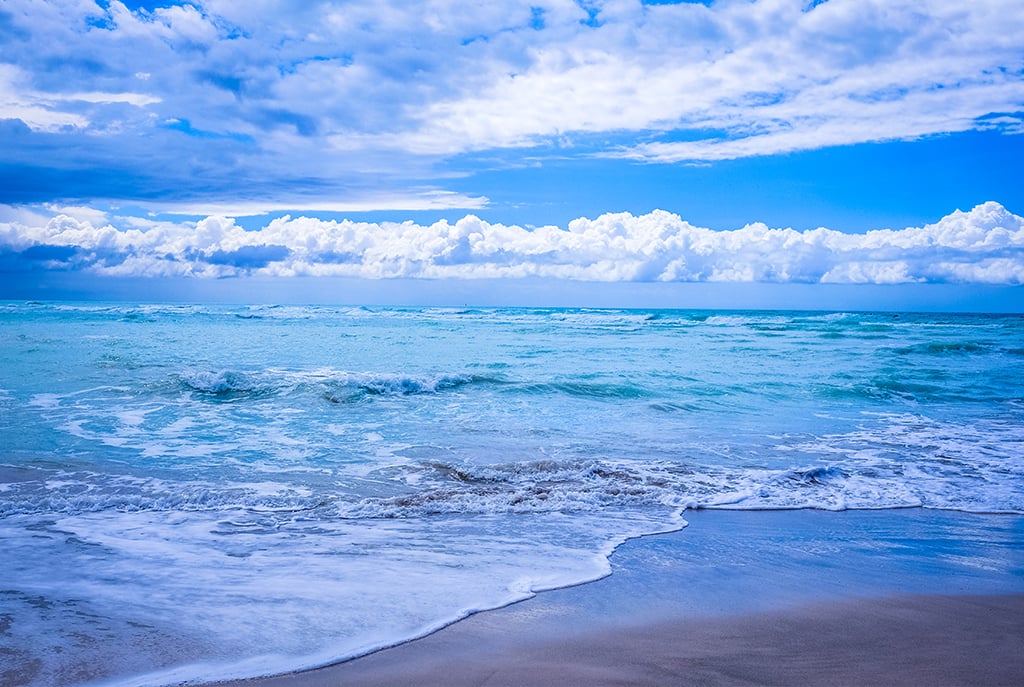Along the world’s coastlines, sea water periodically oscillates above and below different average heights. This great, dynamic movement is related to the gravitational forces that the moon and the sun exert on the Earth, as well as a series of environmental factors that characterize a given region. As the moon rotates around our planet, it attracts all bodies towards its core, and since the ocean waters flow unconstrained along the Earth’s surface, they are more susceptible to this constant gravitational pull that creates the tidal phenomenon.
Such never-ending phenomenon has its stages defined by two transitions: high tide and low tide. When someone says that the high tide of a given location will be at 3 p.m., they mean that the water level of that specific nearshore area will be at its highest. This also means that if you were to stand right there and then, the moon would be directly overhead, its gravitational force causing the water to bulge both at the location where you stand and at the spot on the surface of the Earth opposite to where you stand. Conversely, the term “low tide” entails that the sea water level of that particular place on the coastline where you stand is at its lowest, with the moon sitting at its furthest, on a 90° angle in relation to your position.
Tides that have two high waters per lunar day (24 hours and 50 minutes) are called semi-diurnal, while the ones that only go through one tidal cycle per day are known as diurnal. The semi-diurnal cycle is the commonest and has the high tides and low tides alternating in periods of around 6 hours; the two high waters and low waters of each day typically featuring different heights. The semi-diurnal range also shows a variation in amplitude every two weeks, when the sun, moon, and Earth form a line and the tidal force is strengthened, bringing the tide’s range to its maximum and creating what is known as spring tides. Alternatively, during the moon’s first and third quarter, the sun and the moon are on a 90° angle in relation to the Earth, which causes the solar tidal forces to abate the moon’s and thus brings the tide’s range to its minimum, creating the neap tides.

Ryan is the founder of Tideschart.com. Originally from New Zealand, Ryan has traveled to more than 20 countries and has combined more than 10 years of development experience with his passion for the ocean.






